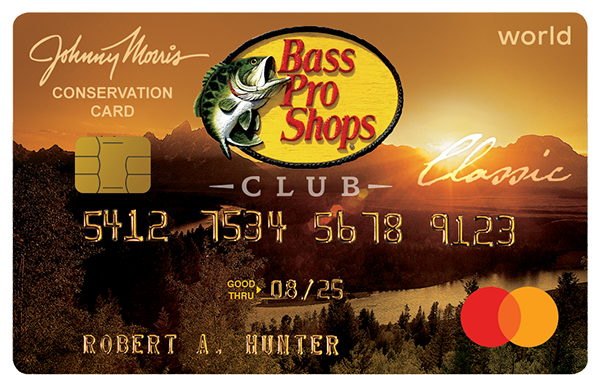
KNOW THESE WHITETAIL DEER DISEASES & MORE
UPDATED JUNE, 2022 / BY TRACKER OFF ROAD
Whitetail deer are prone to diseases caused by a long list of environmental pathogens. Those can rapidly spread throughout deer populations and cause outbreaks that cause death and chronic illness. That’s not good news for hunters because fewer deer mean less opportunities to hunt them.
Chronic Wasting Disease (CWD) is the most widely recognized disease among hunters. CWD is a nationwide problem, but it’s not the only disease impacting deer populations. There are many more, both new and old, of which hunters need to be aware. Hunters can contract diseases too, such as Lyme disease.
Here are five diseases worth knowing about this season, what they are, the symptoms and what you should do when encountering them.
CHRONIC WASTING DISEASE (CWD)
What it is: A neurological disease caused by an infected protein called a prion. Free-ranging whitetail deer in 23 states have tested positive.
How it spreads: By direct contact between animals. Also, by indirect contact with saliva, urine, feces, blood, carcass parts of an infected animal and even contaminated soil or plants.
Know the symptoms: Extreme weight loss, lack of coordination, drooping head and ears, excessive drooling, excessive drinking and excessive urination.
What you can do: Find out if deer in the area where you plan to hunt have a history of being CWD-positive. Do that by checking with your state wildlife agency. Dispose of any part of a deer from an infected area at a sanitary landfill. Even better, voluntarily provide the deer for testing. Report any sick or disoriented animals to the state wildlife agency.
Know these facts: The U.S. Centers for Disease Control and Prevention (CDC) has thoroughly investigated any connection between CWD animals and human neurological diseases, noting the risk of infection among hunters is extremely small, if it exists at all. However, public health officials recommend avoiding exposure to infected deer as research continues to evolve.
EPIZOOTIC HEMORRHAGIC DISEASE (EHD)
What it is: Commonly known as “blue tongue” for obvious reasons, EHD emerges at the end of a hot, dry summer. It is a viral disease that can quickly spread throughout a herd, causing deer to die quickly and in large numbers all at once.
How it spreads: EHD is a viral disease spread by biting midges, often called “no-see-ums” or gnats. Drought causes water sources to shrink, which creates warm, shallow and stagnant pools of water for creating ideal breeding habitat for midges. And you guessed it, the deer congregate in large numbers around the water sources, in turn contracting the disease.
Know the symptoms: Deer appear weak, lethargic and disoriented, like symptoms of CWD. Standout signs of EHD are mouth ulcers and a bluish tongue, swollen face, neck or eyelids. Deer surviving an EHD outbreak have split or cracked hooves.
What you can do: Report dead animals to your state wildlife agency.
Know these facts: : Deer with EHD can have secondary infections caused by injuries from the symptoms. Do not consume any meat from a deer with EHD.
BRUCELLOSIS
What it is: An infectious disease in humans caused by a bacterium. Humans contract the disease when they are in contact with infected animals or animal products contaminated with the bacteria. Drinking raw milk is the public’s general thought about how to get brucellosis, however hunters can easily get it too.
How to get it: By mishandling deer carcasses when field dressing, butchering and preparing raw meat for cooking and eating meat not thoroughly cooked. You can get sick if blood, fluid, or tissue from an infected animal comes in contact with your eyes, nose, mouth or skin.
How to avoid it: Follow best practices for field dressing. Use clean, sharp knives. Wear rubber or latex gloves that cover your arms up to the elbows, and wear eye protection. Clean all tools with a disinfectant, like diluted bleach, and follow instructions on the product label.
Signs your have it: Fever, chills, sweating, headache, low appetite, fatigue and joint or muscle pain.
What to do: : See a doctor if you experience any of the signs, noting any contact you had with a deer and how it was handled. A blood test can confirm the brucellosis. You will be prescribed antibiotics to treat the infection, if you have it. If the illness is not treated or comes back, you could have serious problems in your bones, joints or heart.
LYME DISEASE
What it is: A bacterial disease spread by ticks.
How to get it: Through the bite of an infected tick, which must be attached for at least 24 hours to the skin to transmit the bacteria.
Signs your have it: Signs may start 1 to 2 weeks after the bite. A small red bump forms at the site of the bite and then spreads into a larger circular rash. Other signs include fever, body aches, stiff neck and headache.
How to prevent it: Apply permetherin-based products to your clothing and allow to dry. Some EPA-approved products work up to six weeks, covering you through the mild days of archery season. Self-examination of your body is a must, no matter how much time and where you spend time outdoors. After the hunt, toss clothing into a dryer set to high heat. Let it run for about 10 minutes and remove clothes. And last but not least, use an insect repellent with DEET.
Find that tick: If you do, use fine-tipped tweezers and grasp the tick as close to the skin as possible. Pull upward with steady, even pressure; do not twist or jerk the tick. Thoroughly clean the bite area and your hands with rubbing alcohol or soap and water. See a doctor if you show signs of the symptoms.